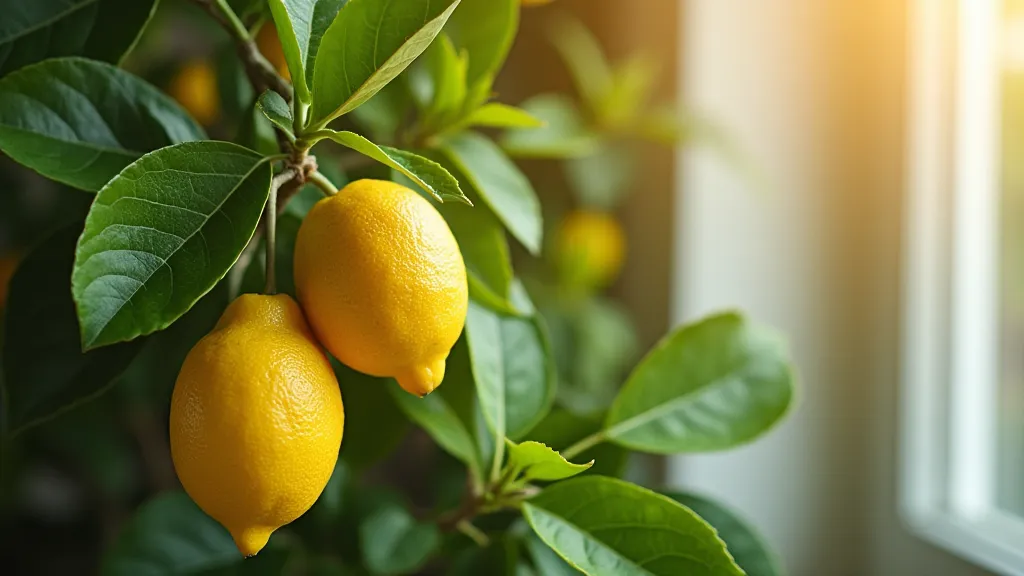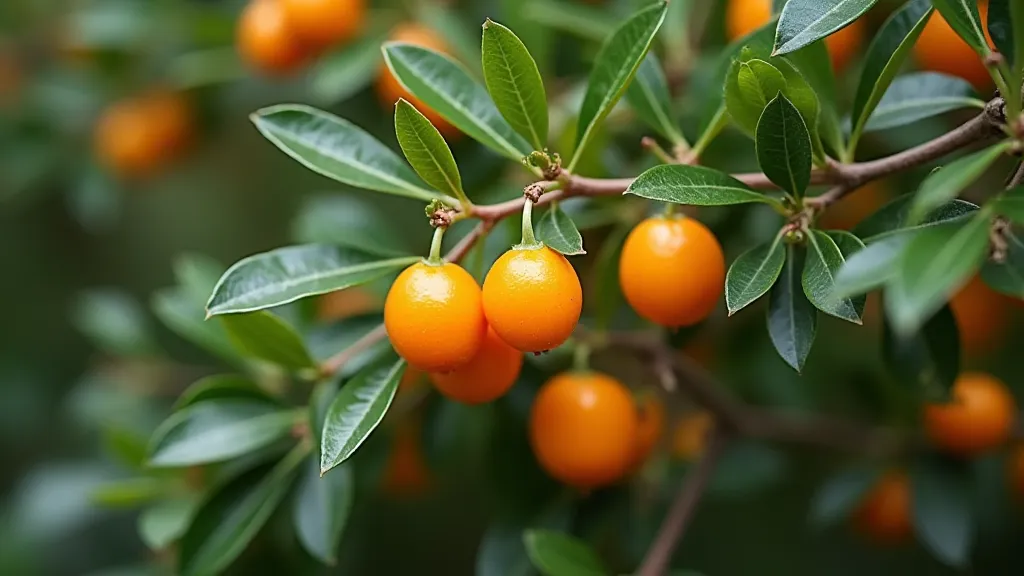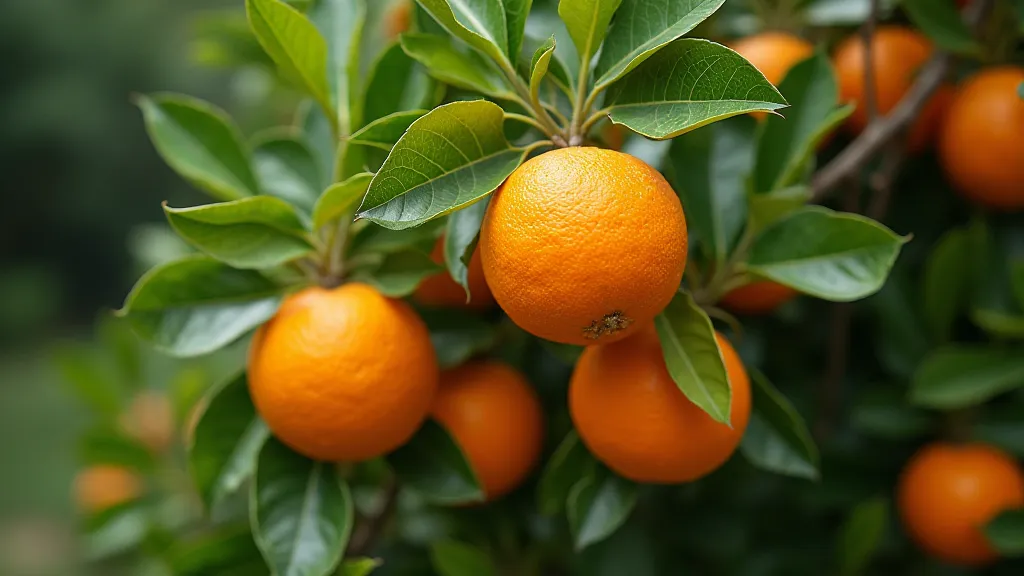Choosing the Right Dwarf Citrus: Lemons, Limes, Oranges & More
Bringing the joy of fresh citrus fruits into your home is a rewarding experience. Dwarf citrus trees are perfectly suited for indoor gardening, adding beauty and the promise of delicious harvests to your living space. However, with so many varieties available, choosing the right one can feel overwhelming. This guide will walk you through the key considerations and introduce some popular dwarf citrus options to help you select the ideal tree for your indoor garden. Before you even begin browsing, it's important to understand that the success of your indoor citrus hinges significantly on proper care, and that starts with the right foundation – like choosing the best soil. If you'd like a more detailed guide, be sure to read our article on Choosing the Best Soil for Indoor Dwarf Citrus Trees: A Complete Guide.
Factors to Consider When Choosing a Dwarf Citrus Tree
Before you fall in love with a particular variety, consider these important factors:
- Size: While all these are dwarf varieties, they still vary in size. Consider the space you have available. A Kumquat will generally stay smaller than a Meyer Lemon. Think carefully about where you plan to place your tree – is it a sunny corner of your living room, a bright patio, or something else? This will affect the size of tree you can accommodate.
- Fragrance: Citrus blossoms are intensely fragrant! Some varieties have more powerful scents than others. The fragrance can be a delightful addition to your home’s atmosphere, but also something to consider if sensitivities exist.
- Fruit Yield: Do you want a tree that consistently produces lots of fruit, or are you happy with a smaller yield? Remember that indoor growing conditions are less than ideal, so fruit production may be affected.
- Ease of Care: Some varieties are more tolerant of less-than-ideal conditions than others. Beginners might want to start with a more forgiving choice. This includes things like humidity levels, light intensity, and watering frequency.
- Taste Preference: Do you want tart lemons, sweet oranges, or something unique like the tangy zest of a Kumquat? Consider what you’re hoping to use the fruit for - baking, cocktails, or simply snacking.
- Light Requirements: Citrus trees, in general, require a significant amount of light. Understanding the specific light needs of each variety is critical for success. If you're unsure about your home's light conditions, it's worth checking out our article on Best Locations for Indoor Citrus: Maximizing Sunlight & Aesthetics to get a better understanding.
- Humidity: Most citrus varieties prefer higher humidity than is typically found in homes, especially during winter. Consider how you’ll address this need, whether through humidifiers, pebble trays, or other methods.
Popular Dwarf Citrus Varieties for Indoor Growing
Let's explore some of the most popular and successful dwarf citrus trees for indoor environments:
Meyer Lemon
The Meyer Lemon is arguably the most popular dwarf citrus for indoor growing. It’s a hybrid of lemon and mandarin orange, resulting in a sweeter, less acidic flavor than traditional lemons. They're relatively easy to care for and produce abundant fruit. They're also known for their beautiful, fragrant blossoms. Their skin is thinner and smoother than a regular lemon. They tend to need consistent watering and well-draining soil. Understanding the proper potting & soil mix is essential for this variety.

Calamondin Orange
Calamondins are a fantastic choice for those wanting a vibrant, ever-blooming citrus tree. They’re incredibly fragrant and produce small, tart-to-sour fruit that's often used for marmalade and cocktails. Calamondins are very adaptable and tolerate lower light conditions better than many other citrus varieties. They are often sold as ‘Calamondin Tangerine’. They are almost constantly in bloom. However, they still benefit from bright, indirect light to maintain their vibrant color and promote flowering. Consider supplementing with grow lights if natural light is limited.
Kumquat
Kumquats are unique because their peel is edible! The tart skin balances the sweetness of the pulp, making for a wonderfully flavorful snack. Dwarf Kumquat varieties are compact and attractive, adding a touch of the exotic to your indoor garden. They are cold hardy but will still need bright light indoors. They are also relatively easy to shape and maintain a tidy appearance.

Key Lime (Mexican Lime)
While Key Limes generally need more light and humidity than some other dwarf citrus, they are worth the effort for their intensely fragrant blossoms and wonderfully tart, classic lime flavor. These need very bright light to thrive. Look for specifically labeled 'dwarf' varieties. Providing adequate humidity is crucial – consider misting regularly or using a humidifier. Regularly fertilizing Key Limes will encourage healthy growth and abundant fruit production.
Orange (Valencia, Washington Navel)
Dwarf Valencia and Washington Navel oranges can be successfully grown indoors, but require ample sunlight and consistent watering. The 'dwarf' designation can vary, so research the specific variety you’re considering. They require a longer period of full sun to produce a good crop. Rotating the tree regularly will ensure even light exposure and prevent lopsided growth. Understanding the appropriate size container for your tree's growth stage is also crucial. Overpotting can lead to root rot, while underpotting can restrict growth.

Additional Considerations for Indoor Citrus Growing
Beyond selecting the right variety, several factors contribute to a thriving indoor citrus tree:
- Fertilizing: Citrus trees are heavy feeders. Use a balanced citrus fertilizer according to the manufacturer's instructions.
- Pruning: Regular pruning helps maintain shape, promotes air circulation, and encourages fruit production.
- Pest Control: Inspect your tree regularly for pests such as aphids, scale, and spider mites. Treat infestations promptly with appropriate methods.
- Repotting: As your tree grows, you will need to repot it into larger containers. Choose a pot with adequate drainage holes.
- Watering: Water thoroughly when the top inch of soil feels dry. Avoid overwatering, which can lead to root rot.
Conclusion
Choosing the right dwarf citrus tree is an investment in years of enjoyment. By considering your space, light conditions, taste preferences, and the nuances of each variety, you can select a tree that will thrive indoors and reward you with beautiful blossoms and delicious fruit. Remember that successful indoor citrus growing is a commitment – it requires attention, care, and a willingness to learn. With proper care and attention, your dwarf citrus tree will become a treasured addition to your home. If you're having trouble deciding which size tree is right for your space, or are unsure about the best way to position your tree to maximize sunlight, revisit our article on Choosing the Right Citrus for Your Indoor Space - Size & Light for more detailed guidance.





